Weather is something we all experience daily, yet its unpredictable nature can often catch us off guard. While a sunny forecast might seem promising, a sudden hailstorm can quickly turn things around. But beyond the inconvenience, weather can unleash forces of nature that are downright terrifying. Tornadoes, hurricanes, and blizzards have the potential to inflict widespread devastation, leaving lasting impacts on communities and landscapes. Prepare to witness the raw, untamed power of nature as we explore some of Earth’s most terrifying weather events, all captured in images and videos that serve as stark reminders of the importance of seeking shelter when the skies turn ominous.
10. Rain Bomb
In 2016, Bryan Snyder, a storm chaser, captured a rare and awe-inspiring phenomenon while filming a time-lapse video of a storm near Tucson. A ‘rain bomb,’ also known as a microburst, is characterized by a concentrated column of water plummeting rapidly towards the ground. These microbursts occur when a pocket of cool air descends through storm clouds, potentially generating winds reaching speeds of up to 150 miles per hour, capable of uprooting trees. Primarily observed in the Midwestern United States, rain bombs can manifest as either wet or dry occurrences. Despite their typical duration of around 10 minutes, their impressive scale can be quite alarming.
9. Gargantuan Hailstones
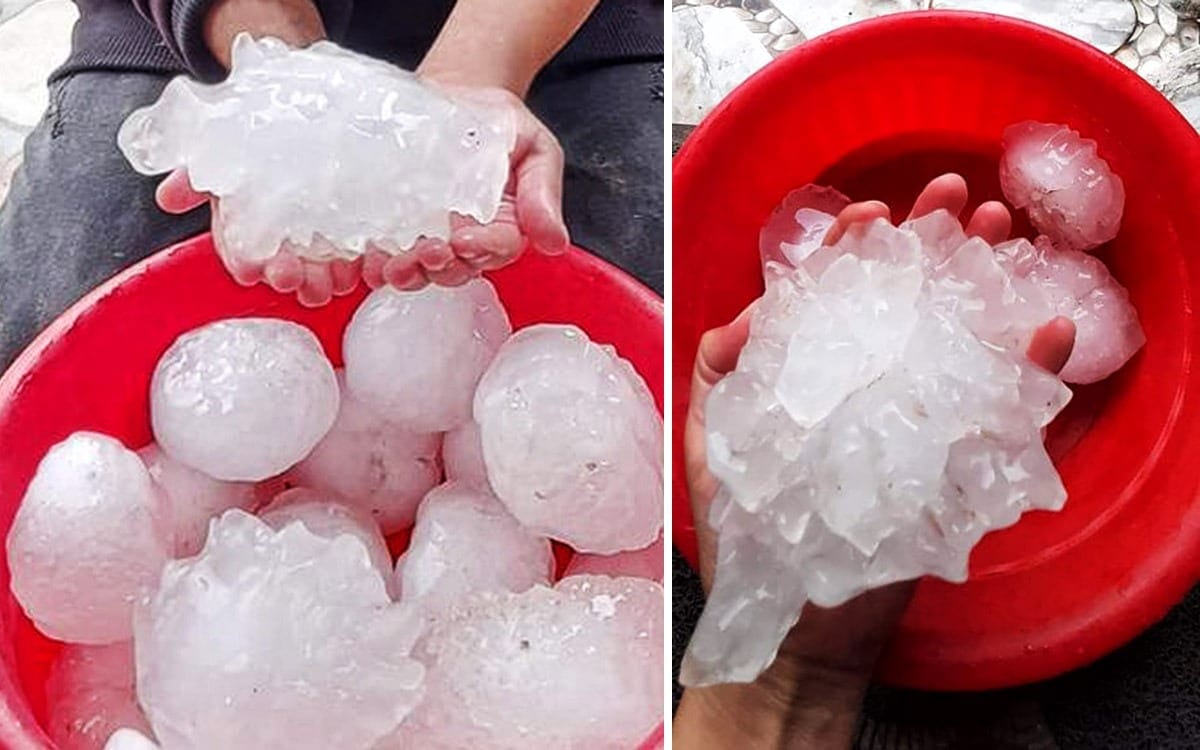
Libya, a predominantly desert nation in North Africa, typically experiences minimal rainfall throughout the year. However, in October 2020, a storm system originating from the Mediterranean brought unexpectedly massive hailstones to the region. These hailstones were so large that they evoked imagery from disaster films such as Geostorm, with some being large enough to fill both hands.
Researchers at the time suggested that these giant hailstones could potentially be record-breaking for the African continent and rank among the largest ever documented.
8. The Big Wind of 1839
The image above depicts the most devastating storm in Irish history. On January 6, 1839, Ireland was struck by a Category 4 hurricane, though some categorize it as a Category 5. This catastrophic event resulted in approximately 500 fatalities in Ireland and an additional 300 in the United Kingdom, and caused widespread devastation.
The day before the storm, the country was blanketed by heavy snowfall. The morning of January 6th dawned bright and sunny, quickly melting away the snow. An eerie silence fell over the west of Ireland, and voices carried unusually far. However, the calm was short-lived as storm clouds gathered swiftly. The wind intensified, reaching hurricane force, and terrified residents sought refuge in the old Parliament House. A storm of this magnitude has not been seen on Irish shores since.
7. The Great Ice Storm of 1998
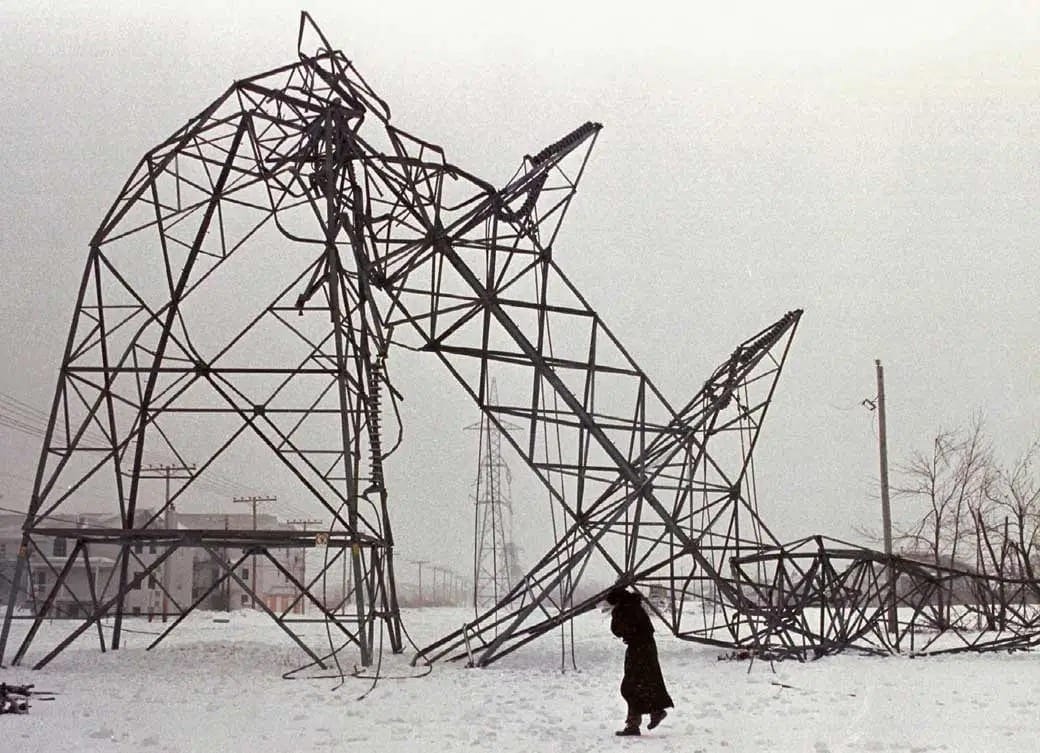
Between January 5 and 9, 1998, an intense ice storm struck northern New England, northern New York, and southern Canada. The storm was heavily influenced by a strong El Niño pattern observed during the winter of 1997 and 1998.
The storm resulted in power outages for five million people, the destruction of 11,000 hydro poles in Ontario alone, 35 deaths, and $3 billion in damages. Approximately 300,000 farm animals also died due to the cold. The Great Ice Storm of 1998 was a combination of five smaller ice storms. The Canadian military deployed 16,000 personnel, the largest deployment since the Korean War.
A 2014 study revealed that pregnant women’s stress levels during the ice storm affected their children’s genetic expression, potentially increasing their risk of developing asthma or diabetes.
6. Typhoon Haiyan
In November 2013, Typhoon Haiyan struck the Philippines with winds reaching 313 km/h. Some areas received up to 281mm of rainfall in less than 12 hours, while 7-meter waves battered the coastline. Over 7,000 people died, and around 6 million were displaced.
Typhoon Haiyan remains one of the deadliest typhoons on record and the most powerful storm of 2013. It was a Category 5 storm when it made landfall in the Philippines. Considered the country’s worst natural disaster, it also caused damage in Palau, Vietnam, and China.
5. Satan’s Storm
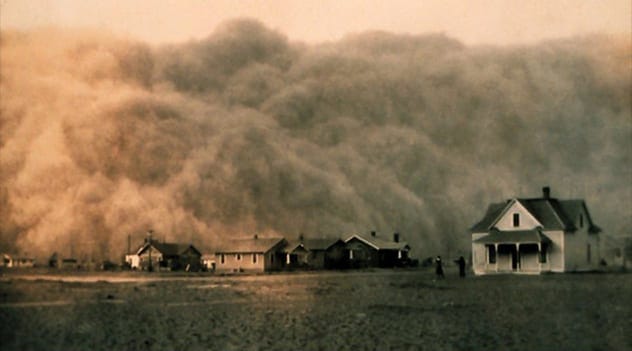
Texas is known for its heat, but in 1960, residents of Central Texas experienced heat like never before. Just after midnight on June 15, a burst of hot air hit the area near Kopperl, instantly burning crops and causing automobile radiators to boil.
The heat burst occurred as the last of a thunderstorm collapsed over Kopperl. The lack of precipitation caused superheated air to descend at 121 kilometers per hour. The temperature peaked close to 140 degrees Fahrenheit (60 degrees Celsius).
Terrified residents wrapped their children in wet towels and sheets, fearing the event signaled the start of Armageddon. The meteorological phenomenon was soon dubbed “Satan’s Storm” and became part of Texas folklore.
4. Black Sunday
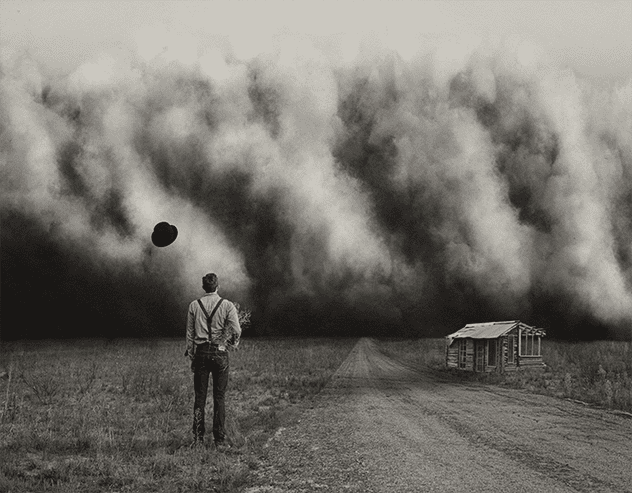
On April 14, 1935, residents of the Central Plains were relieved to see the sun after weeks of massive dust storms. Their relief was short-lived, as a terrifying 1000-mile-long black cloud approached at 60 miles per hour (96 km per hour), overtaking those who tried to escape. Some people wandered off the road, blinded by the dust, while others sought shelter in abandoned structures, praying for survival.
17 people died from dust pneumonia and suffocation, and many birds were found dead after the storm. Black Sunday was part of the Dust Bowl era, which left more than half a million people homeless.
3. Volcanic Tornado
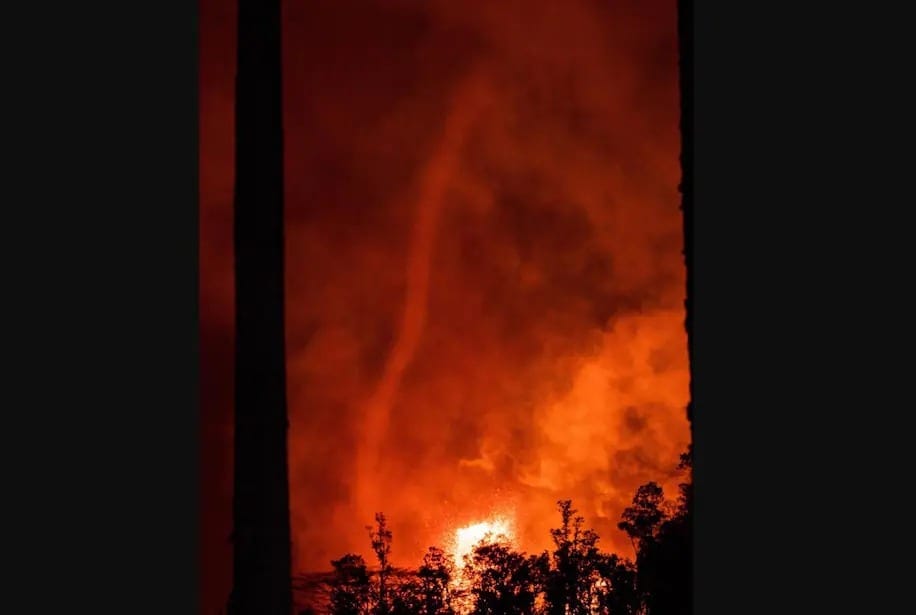
In May 2018, the Kilauea volcano on Big Island erupted, destroying homes and spewing molten rocks. 2,000 people were evacuated, and 24 fissures erupted lava by May 27.
The lava fountains, which reached heights of 230 feet, gave rise to a volcanic tornado. This tornado formed as intense heat caused air to rise rapidly, creating a vortex. Volcanic tornadoes can pick up lava and fling it, causing even more destruction.
In 2014, volcanic tornadoes swirled above the lava of Iceland’s Holuhraun eruption in a cloud of poisonous sulfur dioxide gas. Despite the dangerous conditions, scientists and journalists had to be persuaded by police to leave the lava field.
2. Central China Floods
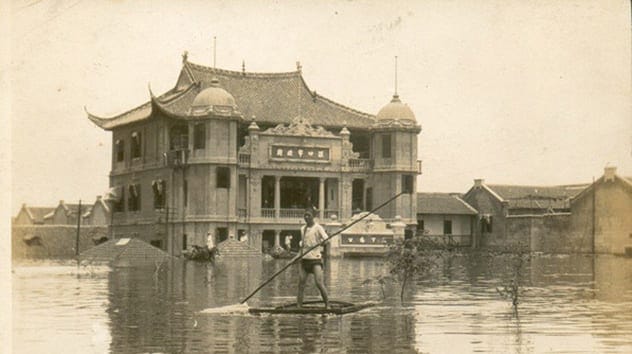
In 1931, China experienced one of the deadliest natural disasters of the 20th century due to extensive flooding. Between July and November, unusual weather patterns brought heavy snow followed by torrential rainfall after years of drought.
As the heavy rainfall continued into August, several cyclones hit the country, causing the Yangtze River, Yellow River, and Huai River to overflow. Survivors faced typhus and cholera, and many resorted to cannibalism and infanticide. Some sold their children or wives to survive. Millions who survived the flooding later died from starvation as entire rice crops were destroyed. The total death toll is estimated at around 4 million.
It is believed that many of the disaster’s effects could have been averted if proper flood-control measures had been in place.
1. Joplin Tornado
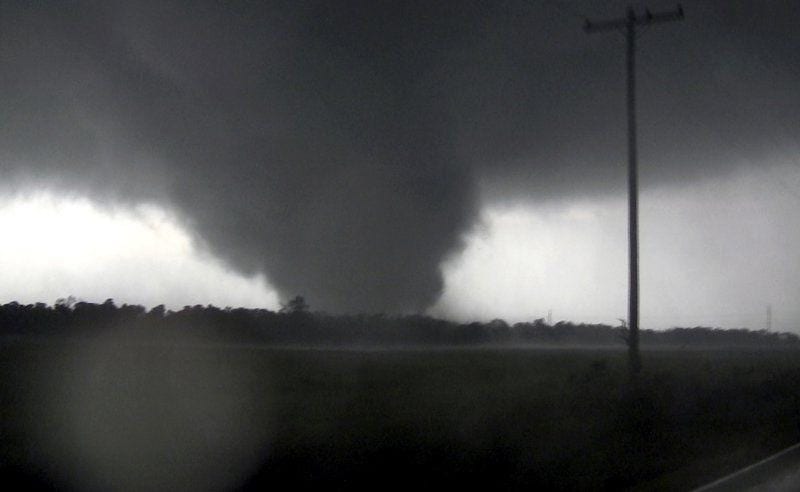
On May 22, 2011, as tornado sirens sounded in Joplin, many residents ignored the warnings, possibly due to frequent false alarms. Daniel Fluharty, working at a Pizza Hut, went outside with coworkers to see the tornado. They saw a massive EF5 twister and initially thought it was a thunderstorm. One coworker ensured everyone was safe by leading them into a walk-in freezer. Veteran Christopher Lucas, however, did not survive and was hailed as a hero.
The multiple-vortex tornado killed 161 people and caused $2.8 billion in damage.
Weather events can be both fascinating and frightening. From rain bombs and gargantuan hail to devastating tornadoes and floods, nature’s power is something to be respected. These events remind us to stay informed, heed warnings, and always seek shelter when severe weather threatens.
What’s the scariest weather event you’ve ever experienced? Share your stories in the comments below!










